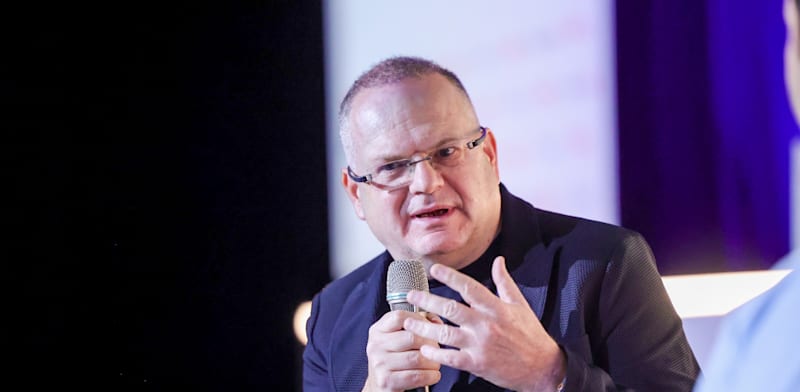Target (TGT) announced the elimination of 1,800 corporate positions, the retailer’s first major workforce reduction in a decade. Target is cutting roughly 8% of its headquarters staff as incoming CEO Michael Fiddelke attempts to reverse four years of stagnant sales.
Valued at a market cap of $43 billion, TGT stock is down 65% from all-time highs, underperforming peers such as Walmart (WMT) and Costco (COST). In the last 10 years, Target stock has returned 73% to shareholders after adjusting for dividend reinvestments. In this period, Walmart and Costco have returned 564% and 620%, respectively.
Target expects revenue to decline year-over-year (YoY) in fiscal 2026 (ending in January), indicating the big-box retailer is wrestling with inventory management and store traffic.
The retail giant generates 50% of its sales from discretionary products compared to 40% for Walmart. This product mix makes Target more vulnerable to economic downturns and shifting consumer sentiment. When household budgets tighten, shoppers cut back on the fashion and home goods that Target relies on.
The layoffs suggest Target lacks the operational efficiency and strategic clarity needed to compete effectively in a challenging macro environment.
The Minneapolis-based retailer saw some improvement in the second quarter, with traffic and comparable sales trends strengthening from the first quarter, particularly in physical stores. Gaming, toys, and trading cards showed notable strength as customers responded to new products and innovation. Store experience metrics, including on-shelf availability, also improved, which indicates operational progress.
Target’s management has acknowledged that results in recent years have fallen short of expectations and potential. The retail giant continues to wrestle with headwinds from reduced discretionary spending amid inflationary pressures on household budgets.
As one of the country’s largest importers, Target has devoted significant resources to managing tariff impacts through product development adjustments, sourcing changes, and supply chain modifications. While it expects some short-term pressure on profit margins, management believes the bottom line will expand over the next 18 months.








